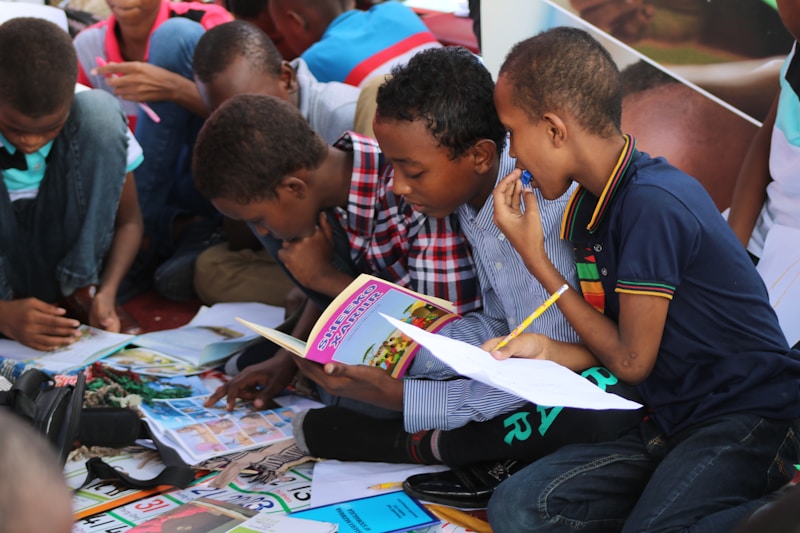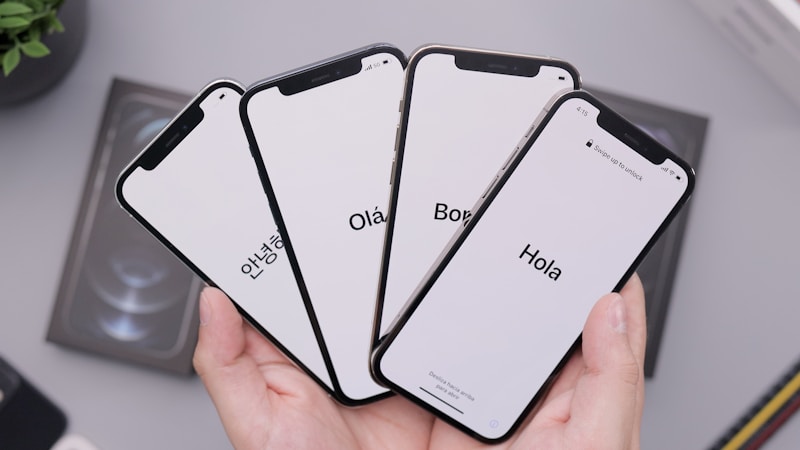Questions and Answers
ما معنى تحية 'As-salaam 'alaykum' في اللغة العربية؟
السلام عليكم
ما هي ترجمة تحية 'Ahlan Wa Sahlan' إلى الإنجليزية؟
Hello and welcome
ما معنى تحية 'ma'khalbuk?' في اللغة العربية؟
كيف حالك؟
ما الذي يجب على الرجال فعله عند مقابلة نساء غير قريبات أو أصدقاء؟
Signup and view all the answers
'Ahlan' يُستخدم في اللغة العربية للدلالة على:
Signup and view all the answers
'As-salaam 'alaykum' تُرجم إلى:
Signup and view all the answers
من المحركات الرئيسية للحرب العالمية الأولى؟
Signup and view all the answers
متى بدأت الحرب العالمية الأولى ومتى انتهت؟
Signup and view all the answers
ما هو تأثير معركة فردان؟
Signup and view all the answers
من كان أرشيدوق فرانز فيرديناند؟
Signup and view all the answers
ما هي أهمية معركة مارن؟
Signup and view all the answers
ما هو تأثير معاهدة فيرساي على ألمانيا؟
Signup and view all the answers
من كان الشخصية المسؤولة عن قيادة الولايات المتحدة خلال الحرب العالمية الأولى؟
Signup and view all the answers
ما هي النتيجة الرئيسية لانتهاء الحرب العالمية الأولى؟
Signup and view all the answers
ماذا جاء في معاهدة فيرسايل التي وُقعت بعد انتهاء الحرب؟
Signup and view all the answers
ما تأثير انتشار تقنيات عسكرية جديدة خلال الحرب العالمية الأولى؟
Signup and view all the answers
ما هو تأثير انهيار أربع سلاطات إمبراطورية بعد الحرب؟
Signup and view all the answers
ما هو تأثير ظروف معاهدة فيرسايل على ألمانيا؟
Signup and view all the answers
Study Notes
Arabic Language Basics: Focusing on Basic Greetings and the Arabic Alphabet
Introduction
The Arabic language, spoken by around 300 million people worldwide, is the fifth most widely spoken language globally. With its rich history and unique characteristics, learning Arabic can lead to an enriching cultural experience. In this article, we will focus on two fundamental aspects of Arabic: basic greetings and the Arabic alphabet.
Basic Greetings in Arabic
Ahlan Wa Sahlan
"Ahlan wa sahlan" is one of the most common greetings in Arabic. Translating to English as "hello" and "welcome", respectively, this phrase sets a warm and welcoming tone for interactions between individuals.
As-salaam 'alaykum
Another popular greeting, "As-salaam 'alaykum" translates to "peace be upon you". Though traditionally associated with Muslims, it is commonly used throughout the Arab world regardless of religious affiliation.
Informal Greetings
Informal greetings in Arabic include "Ahlan" which can mean both "hello" and "hi", and "ma'khalbuk?" which translates to "what's up?".
Observing Arab Customs and Traditions
When greeting others in Arabic, it is essential to observe local customs. For instance, shaking hands is generally reserved for family members or close friends; otherwise, men should remain standing while addressing women, who may reciprocate with a slight bow before responding. Additionally, men and women who are not closely acquainted typically refrain from touching during greetings.
The Arabic Alphabet
The Arabic alphabet consists of 28 letters, each representing a specific sound or phoneme. Arabic script is written right-to-left and follows a cursive style. However, there are diacritical marks called harakat, which indicate vowel sounds and modification of consonants. Some of the most common Arabic letters include:
- Alif: Represents the open front unrounded vowel /æ/, similar to the 'a' in 'cat'.
- Baa': Represents the voiced bilabial fricative /β/.
- Khaa': Represents the glottal stop /ʔ/, known as hamzah.
- Nun: Represents the nasalized velar nasal /ɳ/.
- Raa': Represents the trill or tapped retroflex flap /ɾ/.
To practice writing the Arabic alphabet, one simple exercise involves drawing the shapes of the letters using a pen on paper or tracing them with a finger. Mastering the Arabic alphabet is crucial for reading, writing, and speaking the language fluently.
Conclusion
Understanding basic greetings and the Arabic alphabet is vital for anyone interested in learning or communicating effectively within the vibrant Arabic-speaking community. From formal to informal settings, greetings serve as a bridge between cultures, facilitating connections and fostering mutual respect. Similarly, the Arabic alphabet provides the foundation for comprehension and expression in Arabic, enabling users to navigate a wide range of texts and conversations.
Studying That Suits You
Use AI to generate personalized quizzes and flashcards to suit your learning preferences.
Description
Explore an overview of basic greetings in Arabic such as 'Ahlan Wa Sahlan' and 'As-salaam 'alaykum', along with insights into the Arabic alphabet. Learn about the 28 letters, cursive style, diacritical marks, and common sounds represented by different Arabic letters.





